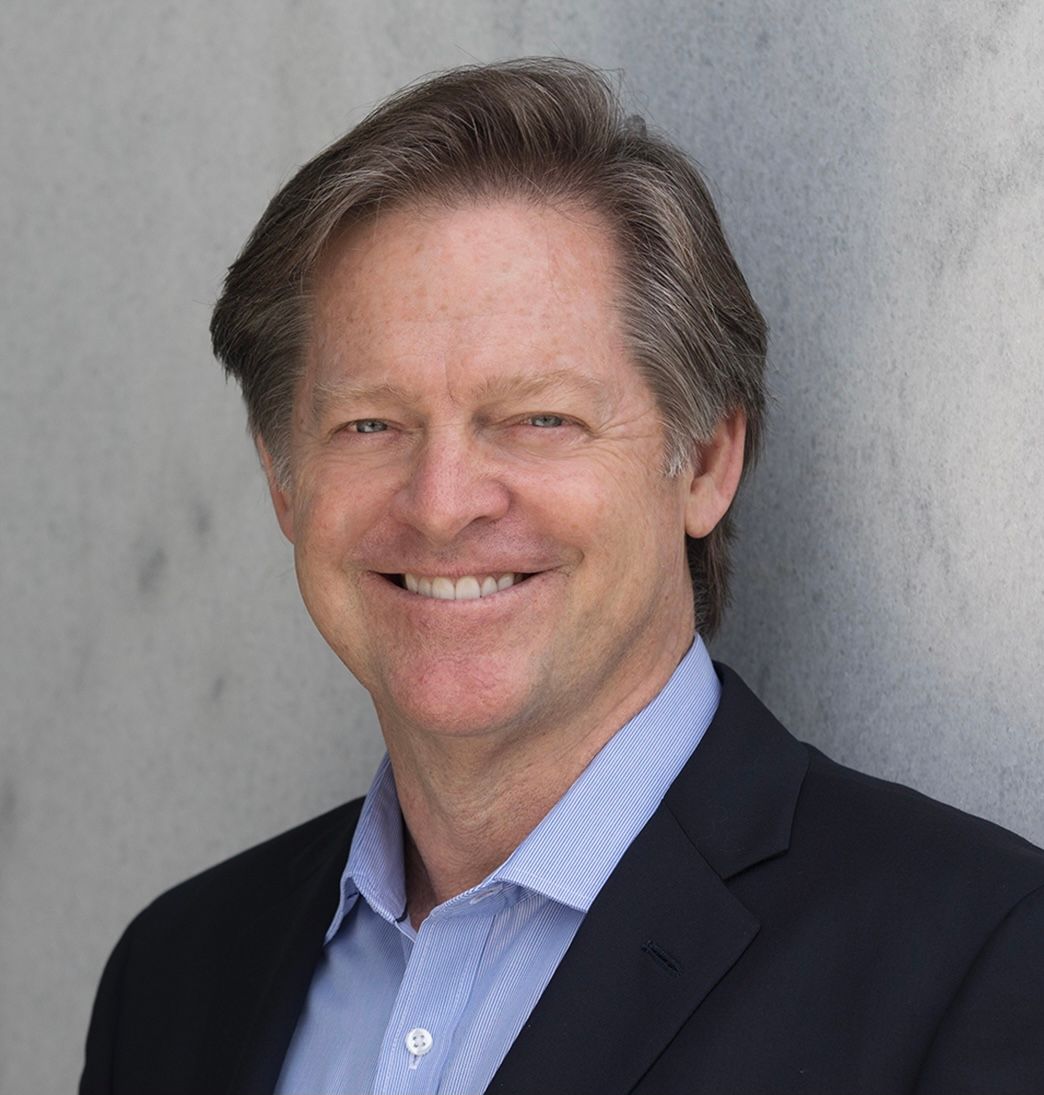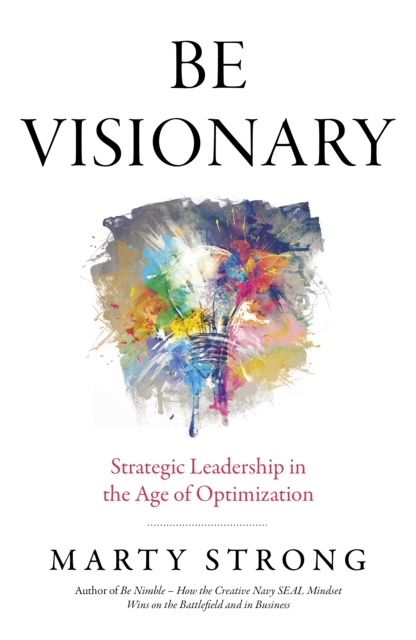
When optimization becomes the enemy of strategic planning and vision
Posted On February 12, 2023
We’ve all heard the phrase “not being able to see the forest for the trees.” Many of us don’t realize how we’re actually guilty of it, however, particularly in business.
The focus on short-term success, optimizing our processes and production, can ultimately hinder the longer view, our planning for a better, perhaps transformative, future.
Our guest in the latest episode of “What’s Working with Cam Marston” has written a book about just that – and the steps to avoiding it. Marty Strong is a former Navy SEAL who has become a sought-after consultant, speaker and author, as well as the CEO and Chief Strategy Officer of LGS Management Group.
When he last joined us, he shared how SEAL training translates well to the business world. In his new book, “Be Visionary: Strategic Leadership in the Age of Optimization,” he shares why it’s important to not allow the push for optimization to sidetrack us from thinking of, and strategically planning for, the future we want for business and for ourselves.
Strong says the idea for the book came from feedback he received on a chapter on strategic planning in his last book, “Be Nimble: How the Creative Navy SEAL Mindset Wins on the Battlefield and in Business.”
“Everybody’s taught the project management process and they apply it to strategy development, but they’re not really thinking in a visionary way,” he said. “You can do that and you can keep doing the business that you’re doing and one day you’re going to look up and the train’s going to hit you right between the eyes because you never saw it coming.”
 As an example, he said, consider a manufacturer of horse-drawn buggies in the age before the automobile: “If you were the most efficient, most optimized chuck wagon maker in 1907 … and you just kept doing the same thing over and over again as your strategy, one day you’d look up and realize that the horse and buggy age was over and somebody had invented this thing called the car and you’d be out of business.”
As an example, he said, consider a manufacturer of horse-drawn buggies in the age before the automobile: “If you were the most efficient, most optimized chuck wagon maker in 1907 … and you just kept doing the same thing over and over again as your strategy, one day you’d look up and realize that the horse and buggy age was over and somebody had invented this thing called the car and you’d be out of business.”
In an age where technological advancements are coming faster than ever, the need for strategic planning and visionary thinking is greater than ever. Unfortunately, many executives are incentivized through their own experiences and expertise and the nature of their compensation to focus instead on the short-term fruits of increasing optimization.
Believe it or not, Strong says you can teach yourself to broaden your thinking. The steps toward doing so are very similar to the steps Strong outlined in his previous book on becoming a nimble leader:
- Become humble: Don’t think of yourself as an expert already.
- Become curious: Look at all kinds of information from all kinds of sources.
- Creatively look at the future: Develop strategies to take advantage of the opportunities ahead of you.
“The way you do this is you take time every day, 15 minutes — usually I do it in the morning — and you have to get out of the problem-solving mode, get rid of the to-do list in your head, clear your mind and start thinking about the future,” Strong said. “Think about what you think’s going to happen a month from now, to your business, to your family, to yourself. Envision where you want to be a month from now – yourself, your business, your family. As you do this every day, start pushing the horizon out until you get to where it’s a real horizon of about probably three years. You’re basically picturing a better future.
“Once you start doing this exercise, like any other habit, your mind starts taking in information every day at work and you can’t help but start applying it to the future. That’s the way you start to become creative. That’s the way you start to become visionary.”
If you’re a leader of a company or organization, this isn’t a luxury, Strong said. It has to be done.
“If not you, then who?” he said. “Even if you don’t think you’re creative or you don’t’ think you have the ability to be visionary, you don’t really have a choice. It’s part of the job description.”